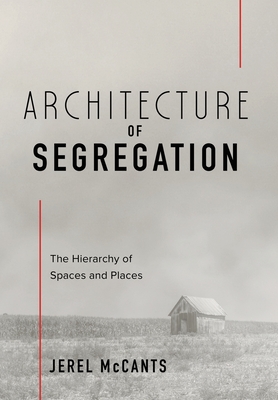
In Architecture of Segregation, the intricate interplay between architecture and societal divisions is meticulously explored, providing a comprehensive analysis of how built environments have shaped and reflected racial, ethnic, and social segregation throughout history. This groundbreaking work delves deep into the historical contexts of segregation, from the indigenous peoples of North America to the African diaspora through the Triangular Slave Trade, uncovering how architecture played a pivotal role in the subjugation of marginalized communities.
This book navigates through pivotal moments like the Plessy vs. Ferguson Supreme Court decision and the establishment of Jim Crow segregation laws, shedding light on how legal frameworks influenced architectural design and urban planning. It also examines the enduring legacies of segregation on contemporary society, demonstrating the profound and lasting impact of architectural decisions.
Architecture of Segregation ultimately calls for a reevaluation of the role architects play in perpetuating or dismantling these divisions, challenging readers to consider the ethical implications of design and its potential to foster equality and inclusion in the built environment.







